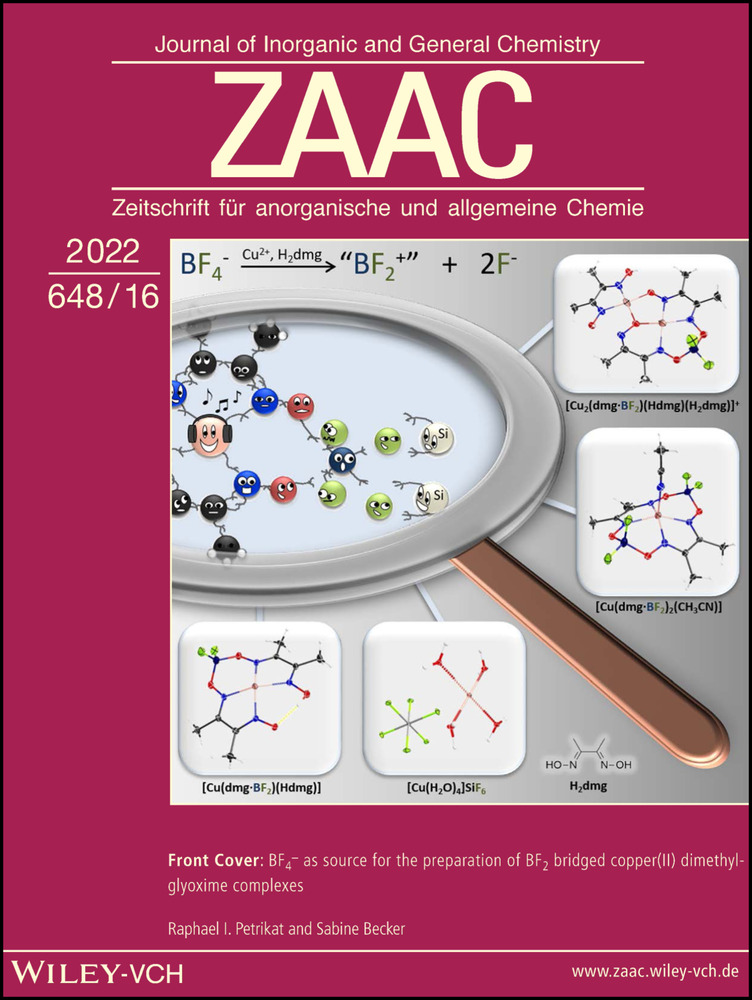Preparation of RGO film based BiVO4 (040) composites with photocatalytic properties
Abstract
Graphene oxide (GO) film was modified by silane coupling agent KH-560, then bismuth vanadate (BiVO4) was successfully loaded on the modified GO film via hydrothermal method to obtain reduced graphene oxide (RGO) film based BiVO4 composite. The effects of hydrothermal reaction time on BiVO4 morphology and photocatalytic properties were investigated by scanning electron microscopy (SEM), X-ray diffraction pattern (XRD), ultraviolet visible light absorption spectroscopy (UV-vis) and photocatalytic activity. The results show that BiVO4 is a porous structure growing towards (040) crystal plane on the composite, and when the synthesis time is 6 h, the degradation rate for Reactive Black 5 by the composite can reach 95 % within 90 min. Furthermore, the composite prepared at the optimal time was characterized by transmission electron microscope (TEM), energy dispersive X-ray spectroscopy (EDS) and X-ray photoelectron spectroscopy (XPS). The microphysical process of the separation and combination of photogenerated electron hole pairs was successfully demonstrated by the variations of photoinduced current density with time (i-t curve) and electrochemical impedance spectroscopies (EIS). Finally, the photocatalytic mechanism was proposed by free radical capture experiment.
Conflict of interest
The authors declare no conflict of interest.
Open Research
Data Availability Statement
The data that support the findings of this study are available on request from the corresponding author. The data are not publicly available due to privacy or ethical restrictions.




